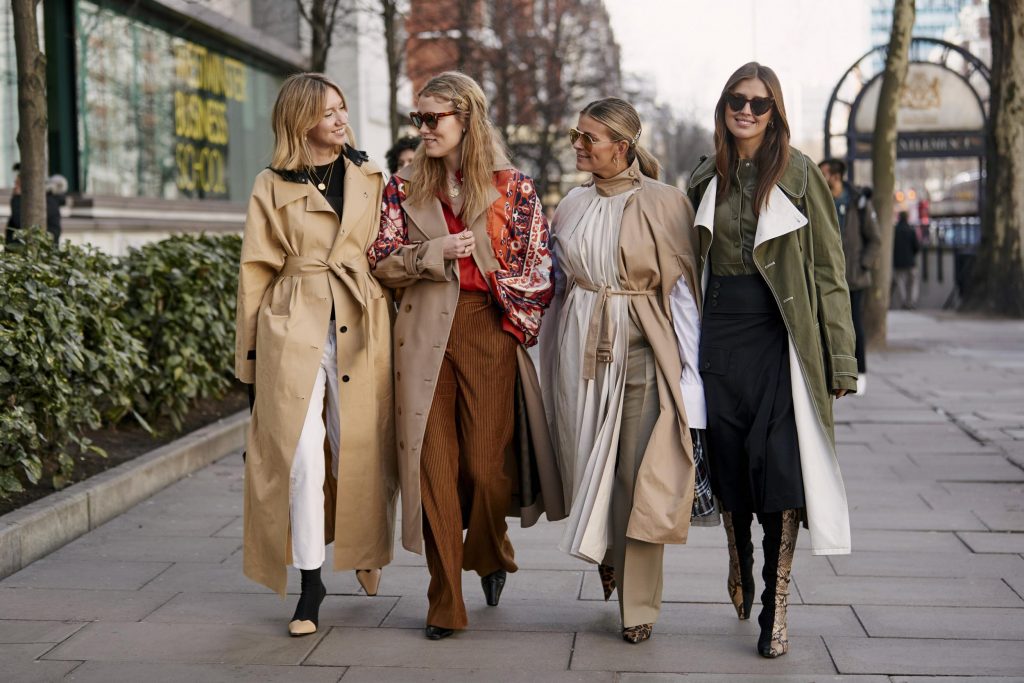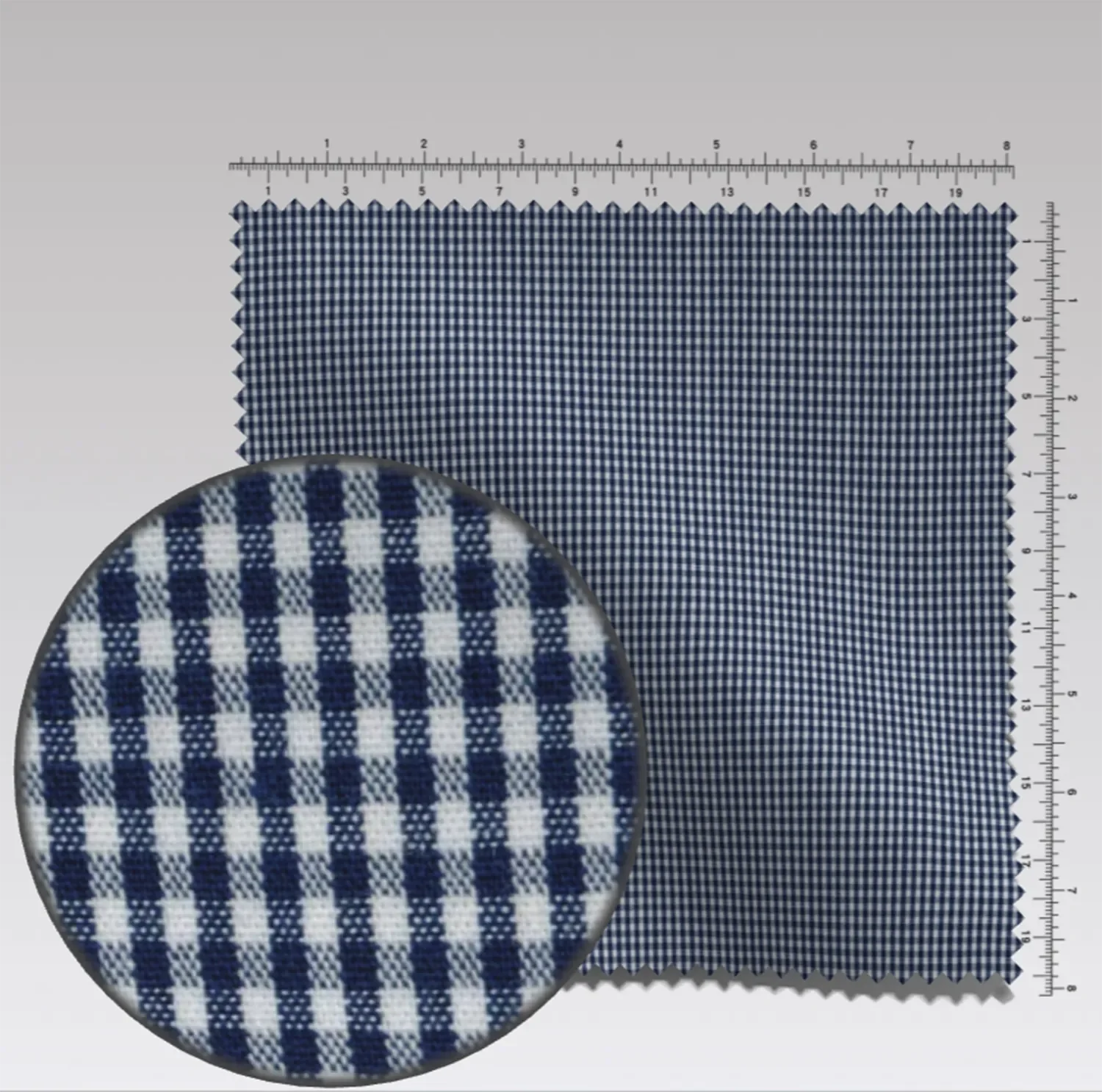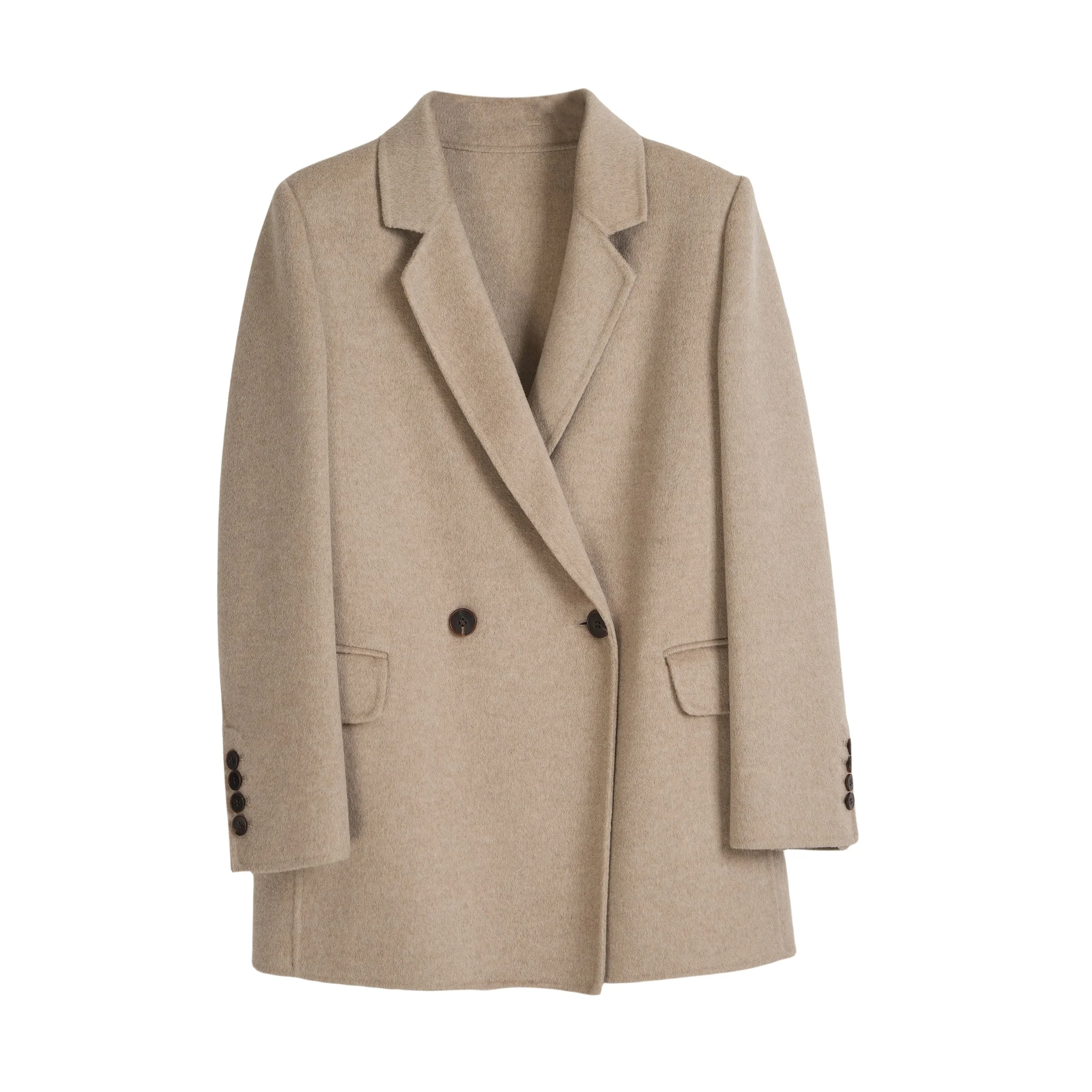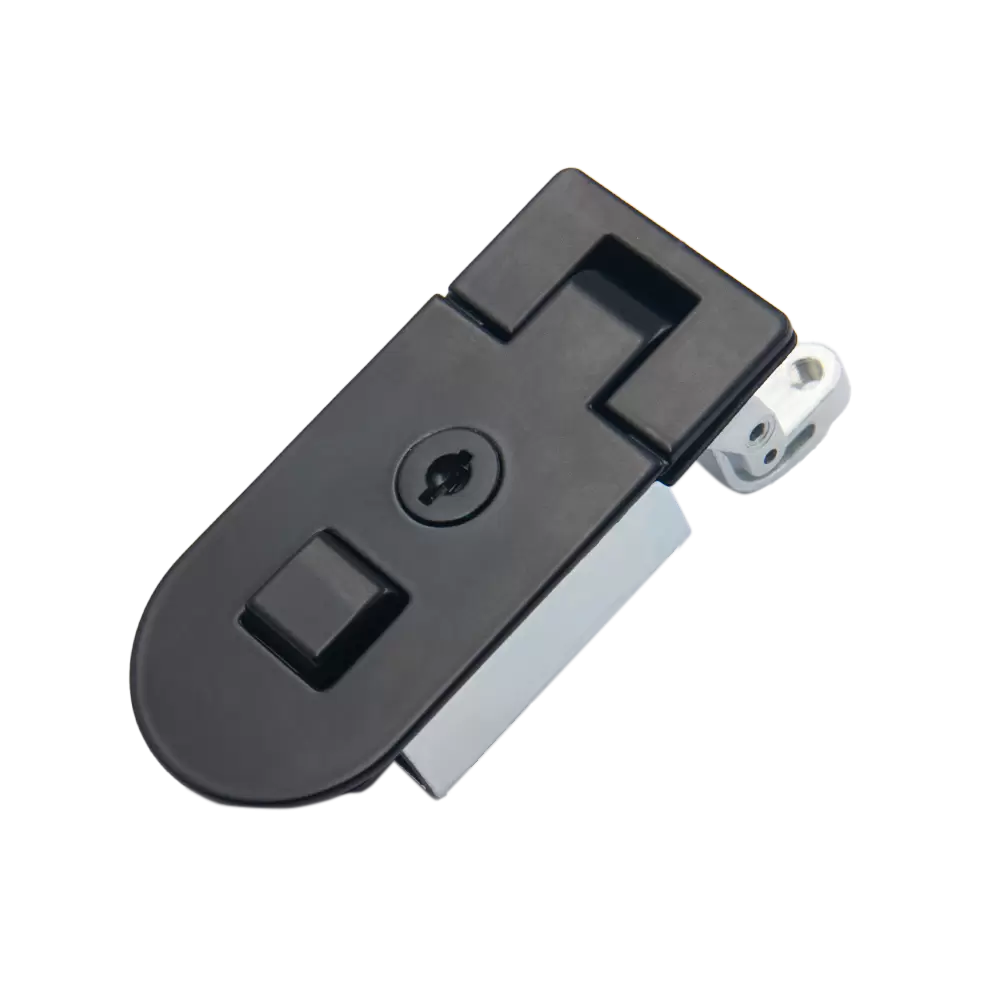
In the realm of fashion and personal style, one question that often arises is, how many clothes does the average woman have? While the answer to this question can vary significantly depending on numerous factors such as lifestyle, personal style, income, and geographical location, it's a fascinating topic to delve into. This article aims to provide an in-depth analysis of the average woman's wardrobe, shedding light on the factors that influence its size and diversity.
According to a survey conducted by ClosetMaid, the average American woman has 103 items of clothing in her wardrobe. However, this figure doesn't tell the whole story. It's important to note that this number includes all types of clothing, from everyday wear to special occasion outfits, and even those pieces that haven't seen the light of day for years.
Interestingly, the same survey revealed that most women feel they only have a fraction of this number to wear on a regular basis. In fact, women reported that they regularly wear just 10% of their wardrobe. This phenomenon, often referred to as 'wardrobe paralysis', is a common issue faced by many women, leading to the familiar refrain of I have nothing to wear!
So, why do women have so many clothes? One of the primary reasons is the fast fashion industry. With new trends emerging every season, many women feel the pressure to constantly update their wardrobes. Additionally, societal expectations and the desire to express oneself through clothing also contribute to the size of a woman's wardrobe.
However, it's important to note that having a large wardrobe doesn't necessarily equate to being stylish or well-dressed. In fact, many fashion experts advocate for a minimalist approach to fashion, emphasizing the importance of quality over quantity. The concept of a 'capsule wardrobe', which consists of a limited number of versatile pieces that can be mixed and matched, has gained popularity in recent years.
In conclusion, while the average woman may have around 103 items of clothing, the number of clothes one needs or chooses to have is highly personal and dependent on various factors. As the fashion industry evolves and consumers become more conscious of their shopping habits, it will be interesting to see how these numbers change in the future.



